Signed, sealed, undeciphered: Check out these scripts we still can’t read
Ancient writing systems are some of the most complex codes ever devised. Even after the discovery of the Rosetta Stone, which offered translations for some of the symbols, it took two decades before scholars could actually read hieroglyphs. Elsewhere, undeciphered ones remain like a lock without a key. Here are some of them.
The Voynich manuscript
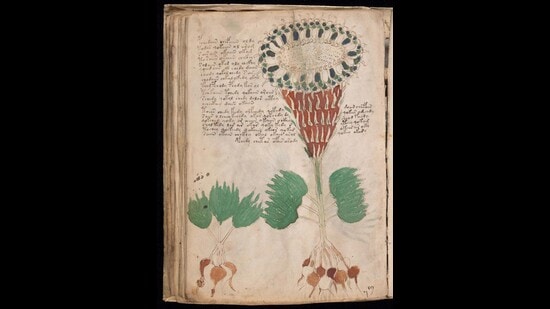
Scholars call it the world’s most mysterious book. No one knows who wrote it, what language it is in, even what the book is about. Its illustrations are both beautiful and baffling – fantasy plants, imaginary constellations and naked women swimming though green baths. Roman emperors and Catholic organisations have owned the 15th-century book, most likely created in Italy. It’s named after Wilfrid Voynich, the rare-books dealer who rediscovered it in 1912. No other examples of the language exist. Baffled scholars suspect it might be an elaborate joke.
Harappan script
Humped bulls, rune-like markings, fish, wavering lines. What do all those symbols found at Indus Valley sites across India and Pakistan mean? Inscriptions bearing 400 to 700 unique markings have been excavated since the civilisation was discovered in the 1920s. In 2010, Ronojoy Adhikari, a professor of statistical physics at University of Cambridge, and computer scientist Rajesh Rao, analysed how often a particular symbol occurs, what it typically appears with, and if patterns recur. Their research confirmed that these were not just seals for trade but a script. We don’t yet know what any of it says.
The Etruscan alphabet
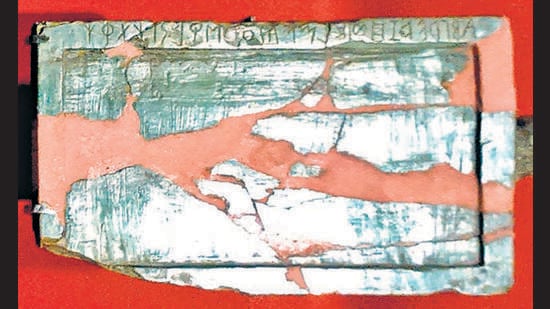
In the 1800s, when an Egyptian mummy was found to have been wrapped not in bandages but in linens that once formed a book, scholars were puzzled. They couldn’t identify the language on the linen. Austrian Egyptologist Jakob Krall finally identified it as Etruscan, from a culture that flourished in ancient Italy before the Romans. The bandages had retained 60% of the original text, written in 250 BCE. Scholars can read some but not all of it. There just isn’t enough supporting literature to decipher the rest.
Codex Seraphinianus
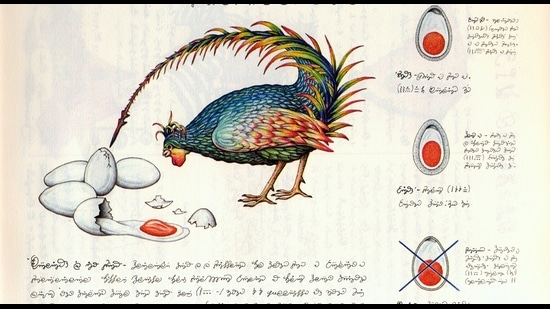
Not all mystery scripts are ancient. This book, created by Italian artist Luigi Serafini in the late 1970s, is written in a language of his own making, with standardised grammar, spelling and syntax. No one can read it. It looks, at first, like a botanical journal, or a guide to assembling imaginary machines. It shows the breath of Serafini’s creativity and imagination. Writer Italo Calvino is a fan.
Linear A
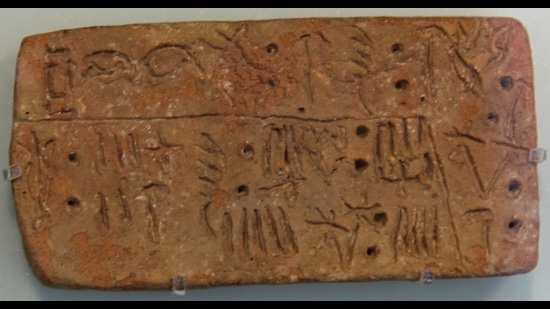
A dull name for an exciting script, this is how the Minoans of Crete communicated when their civilisation flourished from 1800 BCE to 1450 BCE. We don’t know what the Minoans would have called it. Scholars call it Linear A because, unlike cuneiform (for which a stylus presses wedges into clay), this script called for a stylus to cut lines into a tablet. Much of what survives seems to be formal writing, for official and religious use. But we don’t know what it says. Its descendant, called Linear B, was used by the Mycenaeans to write an early form of Greek, and was deciphered in 1952.
Rongorongo
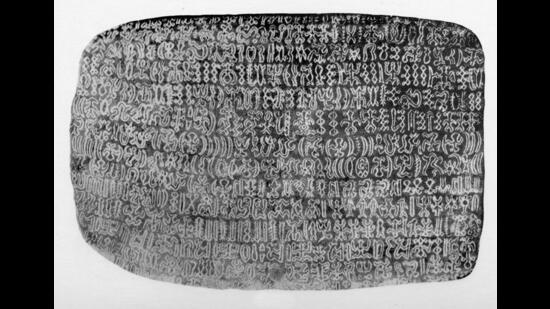
Easter Island is the remotest inhabited island on Earth. It’s no surprise that it holds a few mysteries. Researchers have found that its people, the Rapa Nui, developed a system of glyphs that may have been an indigenous form of writing or record-keeping. The script, called Rongorongo, appears to have been used by the elite only. The culture fell as a result of colonisation in the 19th century. By 1877, there were only 111 islanders left. Of the 26 surviving objects that carry the script, most seem to narrate creation myths. We can read some of the symbols, but not enough to decode the whole language. We don’t know how much we’ve lost.
Rohonc Codex

If it is a hoax, it’s a very old one. No one knows who crafted it or when. A Hungarian count donated this work to the Hungarian Academy of Sciences in 1838. It has a title in the same mystery script, but no one has been able to decipher the words inside. So scholars named it for the Austrian city where it was kept (until it was moved to Budapest in 1907). There are 448 sumptuous pages. The illustrations depict scenes from the Bible. But the 150 symbols that make up the alphabet? No one has come close to figuring them out yet.
Linear Elamite

We have examples of writing from a little-known society that thrived in south-west Iran more than 5,000 years ago. We don’t know what they called themselves; their neighbours to the west, the Sumerians (who developed writing), called them Elamites. In July, researchers claimed they had not only deciphered the language, but that it might be older than the Sumerian script. It’s a mighty claim. We’ll know more when the researchers publish detailed translations of the text that they were studying.
Catch your daily dose of Fashion, Health, Festivals, Travel, Relationship, Recipe and all the other Latest Lifestyle News on Hindustan Times Website and APPs.
Continue reading with HT Premium Subscription





